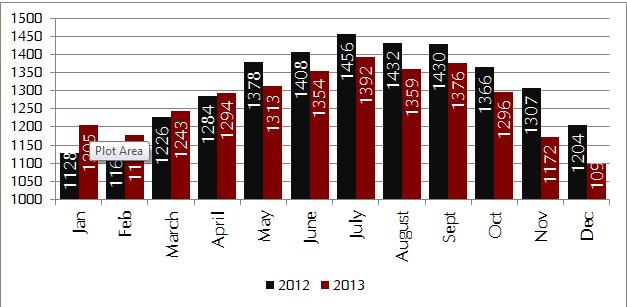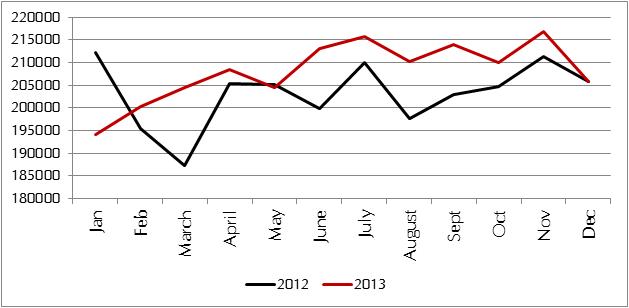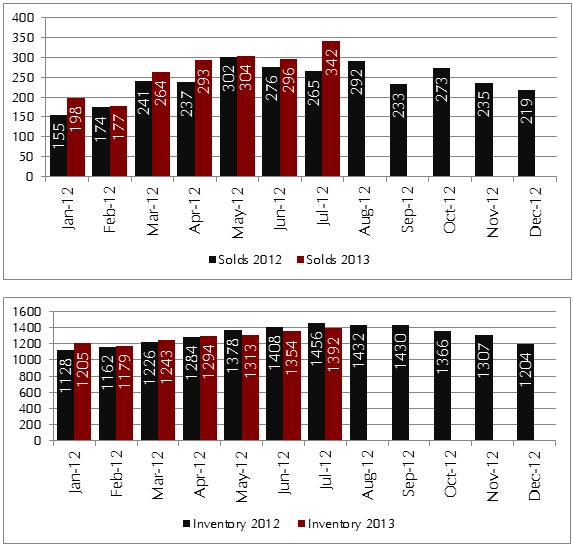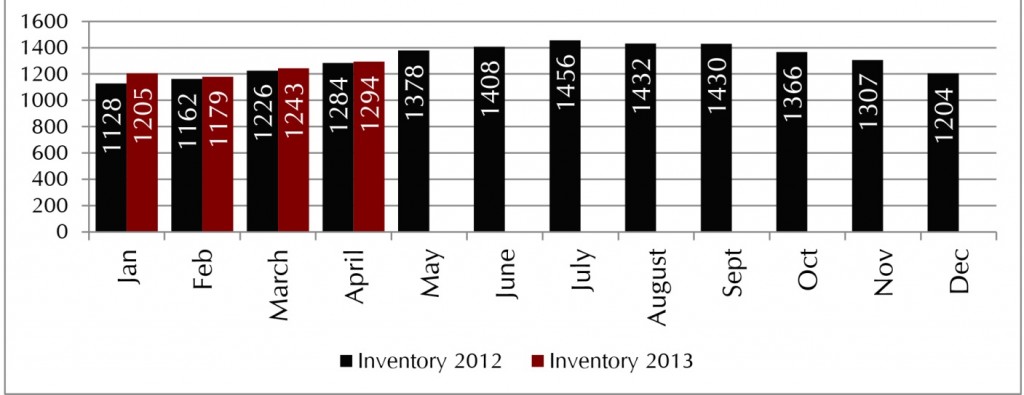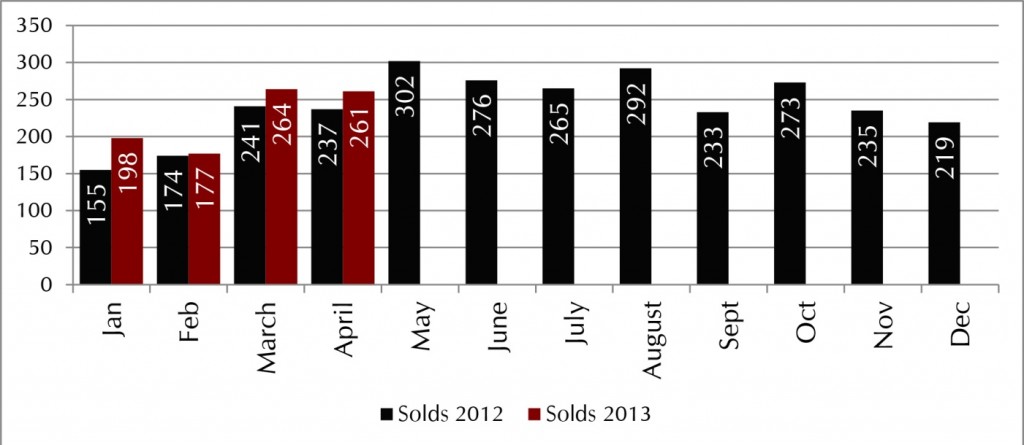With the advent of the internet and different broker and brokerage business models, there are a number of ways you can buy or sell a home in Tri-Cities these days. The key is to find a solution that works best for you and for the level of service you want and need.
Full service agents are generally those who work full-time in real estate, are connected with other agents and real estate professionals in the Richland, Kennewick and Pasco market, and we are professionals with a full set of buying and selling systems. Operating a real estate company is expensive and many of those full service agents do charge full commission to compensate for those expenses and to earn a living wage.
That is not to say you can’t get full service from a discount brokerage. However, you need to do your due diligence to make sure that what you want is what you will receive. With that in mind, below are some of the key elements we bring to the table as full service real estate professionals:
We have 25 years of combined experience with HUNDREDS of transactions under our belt – If you are a typical buyer or seller, you may participate in around five real estate transactions in your entire lifetime. Usually there are several years between those transactions. A lot can happen in the meantime. Just think about what that last several years has seen in terms of credit availability, market changes, law and process changes and even forms. However, a full-time real estate professional will tackle dozens of real estate transactions a year. Furthermore, since no two transactions are the same, a full-time real estate professional will be subjected to a number of different buyer and seller scenarios and needs to learn about each. Everything from Homeowner Association special assessments, view rights, easement issues, liens, and more – each provides a special learning opportunity for the full-time broker.
We have extensive process knowledge – Buying or selling a home is likely one of the most complex transactions of your life – one which requires lengthy contracts, multiple forms, disclosure statements, inspections, mortgage documents, title reports, insurance, deeds, and multiple professionals are needed to implement their part of the transaction seamlessly. Most people don’t have the knowledge to handle all their tax forms each year and rely either on an accountant or a step-by-step software program to make it through. There is no step-by-step software program for buying or selling a home due to all the complexities, local rules, and changes that must be adhered.
We are very familiar with local property professionals –a typical transaction can be touched by a number of different professionals:
- Listing broker
- Listing managing broker
- Selling broker
- Lender
- Underwriter
- Appraiser
- Inspector
- Title rep
- Title examiner
- Homeowner association
- Local utilities
- Escrow agent
- County recording office
Understanding the role of each one, what will be needed from them and what you need to get into their hands and when is something that brokers who complete dozens of transactions per year understand. This knowledge is critical for making sure the transaction is completed as planned and on schedule.
We get the lingo – Do you know what a CMA is? Do you need a POA if you are going out of town? Should you be concerned if you are buying a home where the HOA is MIA? We would be! A full-time real estate professional who has been around the block understands this lingo and will interpret it for you.
We are the voice of reason – There have been many times when a buyer we have been working with falls in love with a home riddled with problems or substandard building materials or times when a seller wants to list their home for a price that will be detrimental to their listing. A broker who is strong and has research and market knowledge on their side will speak up. We research market trends each and every week, and can advise a seller when their asking price is too high (or low!) and what adjustments we should make. We can advise a buyer on what to ask for in an inspection response based on current demand and current market trends with the goal of keeping the transaction together while also looking out for our buyers’ best interests. Without being in the trenches every day, we wouldn’t have that understanding and our advice might not be as timely as it could be.
We have savvy negotiation skills – Because we know the current market trends and have our finger on the pulse of supply and demand, we are equipped to negotiate powerfully for our clients. There are many negotiating factors including, but not limited to price, financing, terms, date of possession, and inclusion or exclusion of repairs, furnishings, and even who cleans the house. We love to negotiate and find the win-win solutions that bring the deal together with both parties.
Ongoing training and education is important to us – Although each state dictates the educational licensing requirements of any licensed broker or agent in the state, a full-time real estate professional takes this a step further, participating in real estate association-sponsored education and/or coaching. We make a commitment to stay up-to-date on any legal, form, and market changes so we always have the newest information. Our designations include, Accredited Buyers Agent (ABR), Senior Real Estate Specialist (SRES), Certified New Home Sales Professional (CSP) and Certified Aging in Place Specialist (CAPS).
What Buyers Need to Know
We have local knowledge on so many levels. As real estate agents there is a lot we keep track of on a local level – zoning and development, information on rental rules, water and sewer changes, rules regarding wells and septic systems, schools and district lines, challenges with faulty building products and geological issues, and transportation issues and changes. Not staying up-to-date on this local information would be akin to a doctor not keeping up with the American Medical Association Journal! As your real estate broker, we need to be prepared to provide information on what you might expect from your property in terms of your long-term quality of life and resale value. We need all the tools available to us to provide you with the information to make an informed decision.
We have the tools and relationships to help you find the best property for your needs. Did you know that sometimes the property that best meets your needs is not on the market at all? Homes that had cancelled or expired may not be currently listed on the MLS but they might be viable candidates for your needs. If the right home isn’t on the market, we use our resources to dig deeper. That may be connecting with an agent who has a listing coming on the market that might be a good fit, taking the time to contact homeowners whose homes may have been on the market some time ago, or utilizing the services of a title company to get addresses to send letters to, indicating that we have an active buyer who is looking in their area, for their type of home. Sometimes it takes work and time to find the right place to call home and you need a full-time real estate professional utilizing their resources to find it.
We know the professionals to call. When you have an inspection, the inspector’s job is to locate potential problems with the home. But then what? Should you investigate the problem further with a specialist? Call in a structural engineer or a pest inspector? We have helped our clients buy and sell homes of many a vintage in many a neighborhood. We always advise that buyers do their due diligence and have a variety of professionals on call to meet your needs with the quick turnaround these situations usually warrant.
We know how to write an offer that will get noticed. Believe it or not, it is not always about the price that is offered. We build a relationship with the listing agent to learn what is important to the seller, and armed with that information, we can construct an offer that takes both sets of needs into account which is more likely to result in success for my buyers. You need an agent who has a large bag of tricks – something that a full-time real estate professional can deliver.
What Sellers Need to Know
We help you price your home at market. We cannot tell you how critical this is for selling your home. Although some may prefer to simply use a popular property website to determine the price, according to the National Association of REALTORS®, those estimates can be up to 35% off. This could result in a seller thinking their home is worth $500,000, but it should really be priced closer to $325,000 in order to get attention from buyers. Every day we review the available inventory of homes, what has just come on the market and what has gone under contract to get a feel for the ever-fluctuating supply and demand. If supply starts to exceed demand, sellers need to be ready to make an adjustment to meet the market. If demand is high, then let’s use that to our advantage and employ a different strategy. But an online website won’t give you that advice based on current demand. A website isn’t going to be able to evaluate your view against your neighbor’s home that might have sold last week or how the hardwood floors in your home compare to the hardwood floors in a home a half mile away that sold six months ago. But we can because we know the inventory. We have the tools. And we use them all to meet your goals and get your home sold.
We employ listing syndication on dozens of websites to get your home noticed. We don’t just rely on the MLS to get your home in front of the largest potential buyer pool. We provide our sellers that extra visibility by way of listing syndication – having your property and photographs broadcast out to dozens of different property search sites. This way we can be sure that if a potential buyer is searching in Kalamazoo or Kentucky, your home will appear on their search results. You never know where the buyer for your home will come from!
Whether you are buying a home for the first time or selling your home to relocate or right-size, trust your most valuable asset to a full-time professional chock-full of expertise. We wouldn’t buy or sell a home with anyone but an expert and neither should you.
Call us anytime; we love to discuss Tri-Cities Real Estate Market!
Jessica Johnson, 509.947.2230 Jennifer Cowgill 509.947.5670

